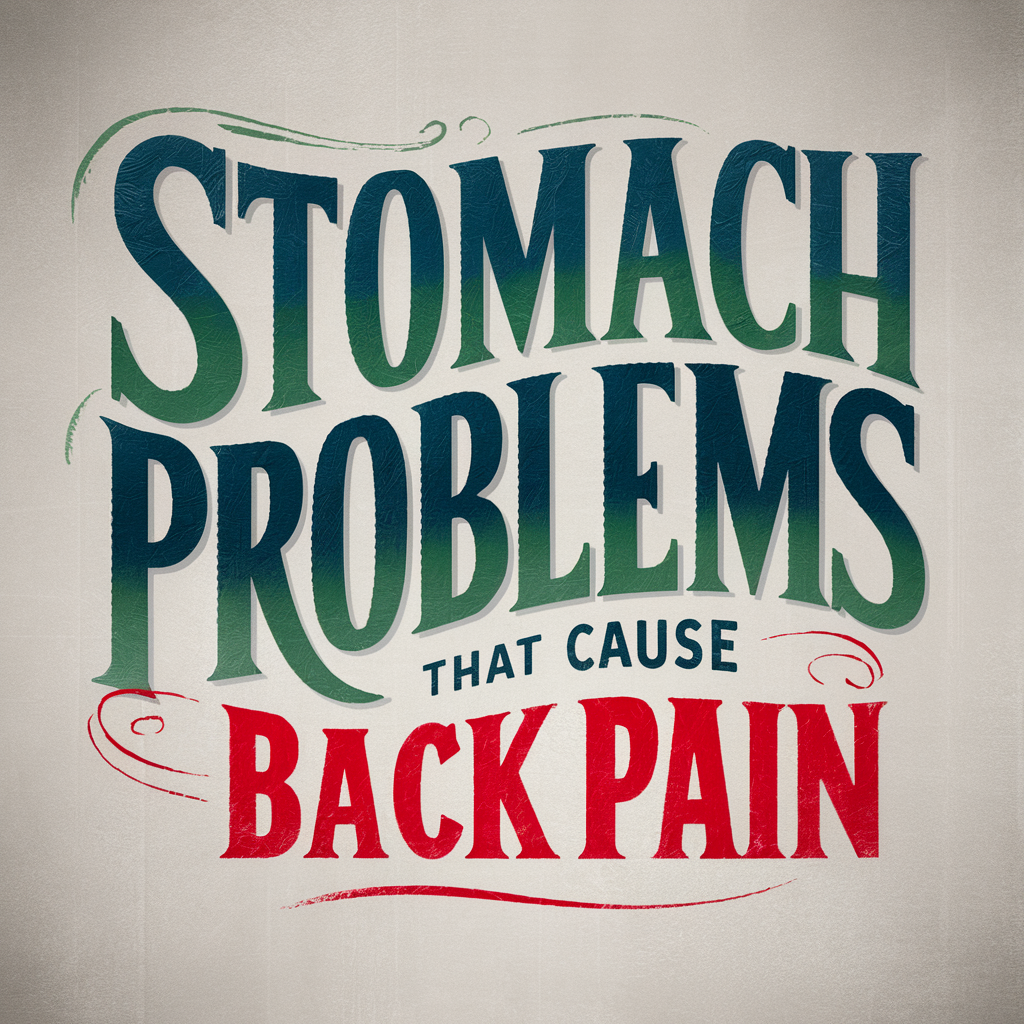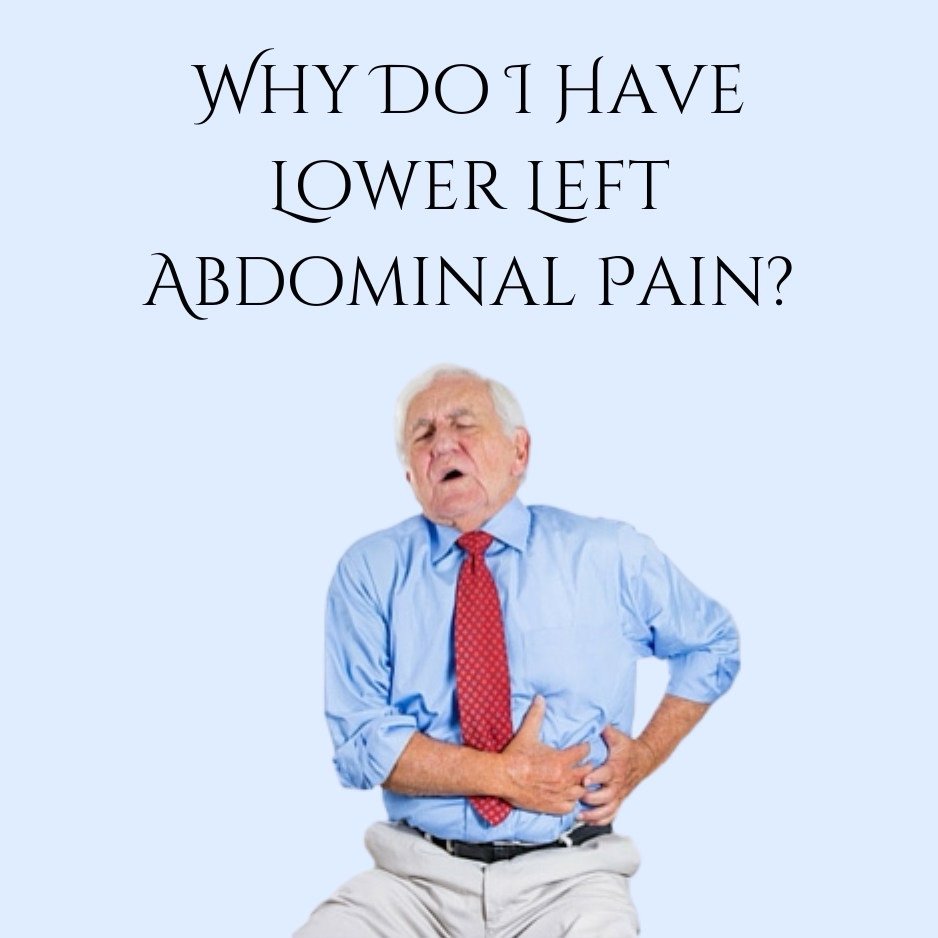
What Does an Ache in the Lower Left Abdomen Mean?
If you’ve ever felt an ache in your lower left abdomen, you know how unsettling it can be. It’s one of those areas where a lot of different things could be happening, and figuring out what’s causing the pain isn’t always easy. Whether it’s a dull, persistent discomfort or a sharper, more alarming sensation, it’s natural to wonder what might be going on.
I’ve had my fair share of abdominal discomfort over the years, and from experience, I can tell you that lower left abdominal pain can be tricky to pin down. Sometimes it’s something as simple as digestive issues, like gas or constipation, but other times it could be more serious, like an infection or a problem with one of the organs in that area.
The key is to pay attention to the type of pain and any other symptoms you might be experiencing. Some discomfort is mild and will pass on its own, but in other cases, you might need to see a doctor. I’ll walk you through some of the common causes of pain in this area, the symptoms to watch for, and when you should consider getting it checked out by a professional.
Before diving into the details, it’s important to remember that lower left abdominal pain can also be connected to other issues in your body, like digestive disorders. For example, irritable bowel syndrome (IBS) can cause discomfort in this area. If that sounds familiar, check out IBS-M Relief: Balancing Constipation and Diarrhea for tips on managing those symptoms.
Let’s start by breaking down some of the common reasons you might feel a dull ache in your lower left abdomen and whether it’s something you need to worry about.

Dull Ache in My Lower Left Abdomen: Should I Be Concerned?
So, you’ve noticed a dull ache in your lower left abdomen, and now you’re wondering, “Is this something I need to worry about?” Well, the truth is, it depends. There are a lot of potential causes for discomfort in this area, and some are more serious than others.
Here are a few common reasons for a dull, persistent ache:
1. Digestive Issues
One of the most common causes of discomfort in the lower left abdomen is something simple like gas, bloating, or constipation. If you’ve eaten something that didn’t sit right, or if your digestion is a little off, that can lead to this kind of pain.
- Tip: Pay attention to your diet and note if certain foods seem to trigger discomfort. Foods high in fiber can help ease constipation, but sometimes balancing your digestive system can be tricky.
For those who struggle with digestive issues like IBS, which can cause this type of pain, you might want to check out IBS-M Relief: Balancing Constipation and Diarrhea for some helpful management tips.
2. Diverticulitis
Diverticulitis is another common cause of lower left abdominal pain, especially in adults over 40. It happens when small pouches in the colon become inflamed or infected, leading to discomfort.
- Symptoms: Pain, fever, nausea, and changes in bowel movements (constipation or diarrhea).
Diverticulitis can sometimes require medical attention, so if your pain worsens or is accompanied by a fever, it’s worth getting checked out.
3. Muscle Strain
Sometimes, a dull ache in this area can be as simple as a pulled or strained muscle, especially if you’ve been doing any heavy lifting or intense exercise.
- Tip: Rest, hydration, and gentle stretching can often help ease muscle strain.
4. Reproductive System (in females)
For women, pain in the lower left abdomen can sometimes be related to the reproductive system. This could be something like ovulation pain, an ovarian cyst, or endometriosis.
- Symptoms: This pain is often cyclical and may come with changes in your menstrual cycle.
While some reproductive-related pain is normal, if it’s persistent or very painful, it’s a good idea to see a healthcare provider to rule out more serious issues.
These are just a few potential causes for that dull ache in your lower left abdomen. It’s important to monitor how the pain changes, what triggers it, and if it’s accompanied by other symptoms like fever, nausea, or changes in bowel movements.
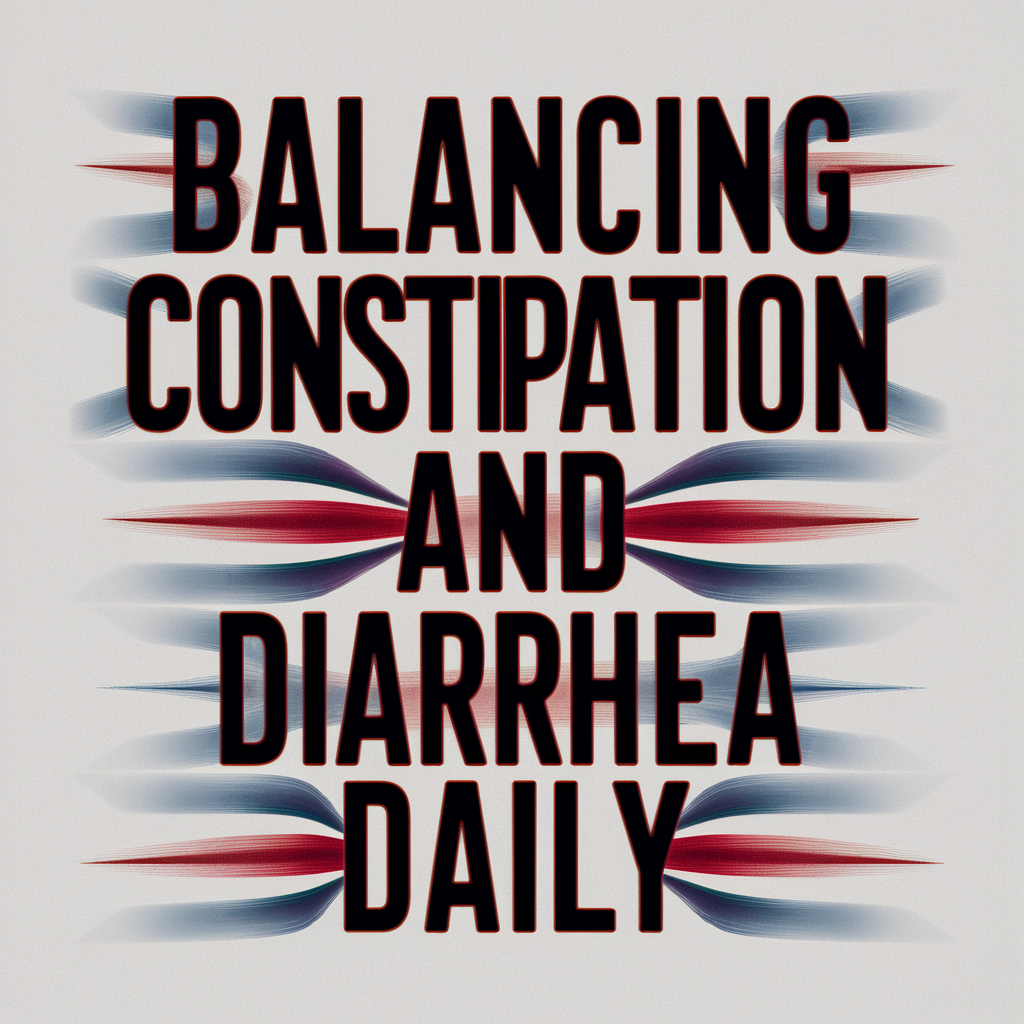
If you find that the pain worsens or you’re experiencing new symptoms like back pain, it might be linked to a larger issue. In that case, you can check out What Stomach Problems Can Cause Back Pain? to explore the connection between abdominal pain and other parts of the body.
Next, let’s take a closer look at what organs are located in the lower left abdomen and what might be causing the pain.
What Organ Is on the Lower Left Side of Your Abdomen?
Understanding what’s going on in your lower left abdomen starts with knowing what organs are in that area. This part of your abdomen is home to a few key players, and the source of your pain could be linked to one of them.
Here are the main organs located on the lower left side:
1. The Descending Colon
One of the most common sources of pain in the lower left abdomen is related to the descending colon. Issues like constipation, gas, or more serious conditions like diverticulitis can cause discomfort in this area.
- Tip: If you’re dealing with persistent discomfort or changes in your bowel habits, try incorporating more fiber into your diet. Also, staying hydrated helps keep things moving smoothly in your digestive system.
2. The Left Ovary (in Females)
For women, pain in the lower left abdomen could be related to the reproductive system, particularly the left ovary. Conditions like ovarian cysts or even normal ovulation pain (called mittelschmerz) can cause discomfort here.
- Symptoms to Watch: If the pain is sharp or persistent, it could be a sign of an ovarian cyst. If you experience severe pain, irregular periods, or other unusual symptoms, it’s worth discussing with a doctor.
3. The Left Ureter
The ureter is the tube that carries urine from the kidney to the bladder, and issues like kidney stones can cause pain that radiates to the lower left abdomen.
- Signs of a Problem: If the pain is sharp and comes with blood in your urine or difficulty urinating, it could be a sign of a kidney issue.
4. Muscles and Tissue
Sometimes, the pain isn’t even related to an internal organ but instead to the muscles and tissue in that area. Straining your abdominal muscles, especially after heavy lifting or exercise, can lead to a dull, ongoing ache.
Knowing which organ might be causing your pain is the first step in figuring out whether you should be concerned. If the pain is mild and you suspect it’s related to digestion, it might pass on its own. But if the discomfort is persistent or severe, it’s important to keep an eye out for additional symptoms.
For example, if you’ve been experiencing digestive issues like heartburn alongside this pain, it could all be connected. For more on managing that discomfort, check out How Long Do Heartburn Symptoms Last? for tips on finding relief.
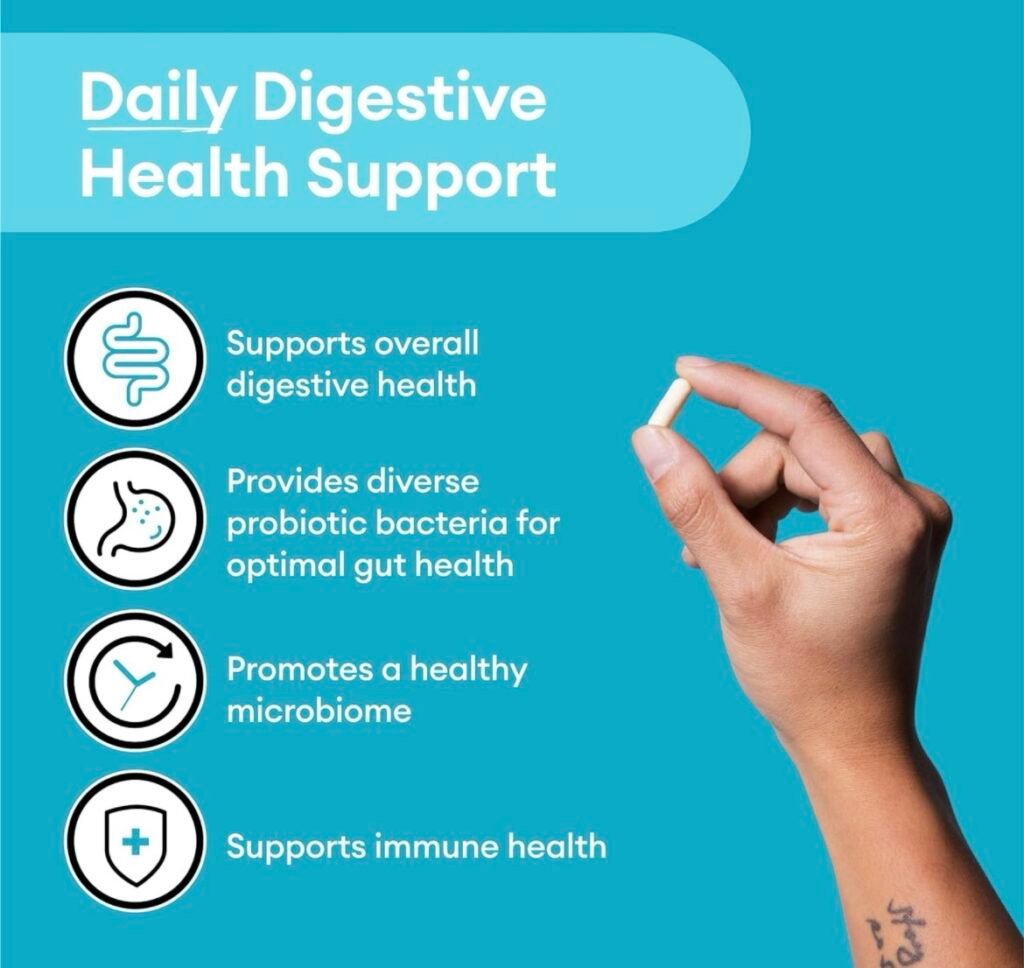
Now, let’s explore some of the specific causes of lower left abdominal pain in both women and men.
What Causes Lower Left Abdominal Pain in Females?
When it comes to abdominal pain, especially on the lower left side, women can experience discomfort due to a variety of reproductive and digestive factors. Some are mild and temporary, while others may require medical attention.
1. Ovarian Cysts
Ovarian cysts are fluid-filled sacs that can form on the ovaries. Most of the time, they go away on their own without causing any symptoms, but when they grow or rupture, they can lead to pain, especially on one side of the abdomen.
- Signs: Sharp or sudden pain in the lower abdomen, bloating, and discomfort during certain activities.
- What to Do: If the pain is intense or accompanied by fever or vomiting, it’s important to see a doctor as it could indicate a ruptured cyst or other complications.
2. Endometriosis
Endometriosis occurs when the tissue that normally lines the inside of the uterus starts growing outside of it. This can cause severe pain, particularly during menstruation, and it often affects the lower left or right abdomen.
- Signs: Severe cramping, pain during menstruation, pain during intercourse, and possible fertility issues.
- What to Do: If your lower left abdominal pain coincides with your menstrual cycle, speak to your doctor about the possibility of endometriosis.
3. Menstrual Cramps (Dysmenorrhea)
For many women, menstrual cramps are the most common cause of lower abdominal pain. While they usually affect both sides, some women experience more localized pain, especially if they have underlying conditions like fibroids.
- Signs: Pain that occurs just before or during your period, along with cramping and discomfort in the lower abdomen.
- What to Do: Over-the-counter pain relief and heat packs can help manage the discomfort, but if the pain is severe, it’s a good idea to discuss it with your doctor.
4. Irritable Bowel Syndrome (IBS)
IBS can cause abdominal pain in both men and women, but it’s often more common in women, especially during menstruation. IBS symptoms can range from mild discomfort to more intense cramping and bloating, often affecting the lower left abdomen.
- Signs: Bloating, changes in bowel movements (constipation or diarrhea), and cramping.
- What to Do: Adjusting your diet can help manage symptoms. For more information, check out IBS-M Relief: Balancing Constipation and Diarrhea.
Women should pay attention to any persistent pain or changes in their normal cycle, as lower left abdominal pain could signal a number of different conditions. If the pain worsens, becomes more frequent, or is accompanied by other symptoms like fever or weight loss, it’s time to consult a healthcare professional.
Next, let’s talk about what causes lower left abdominal pain in men and how it differs from what women experience.
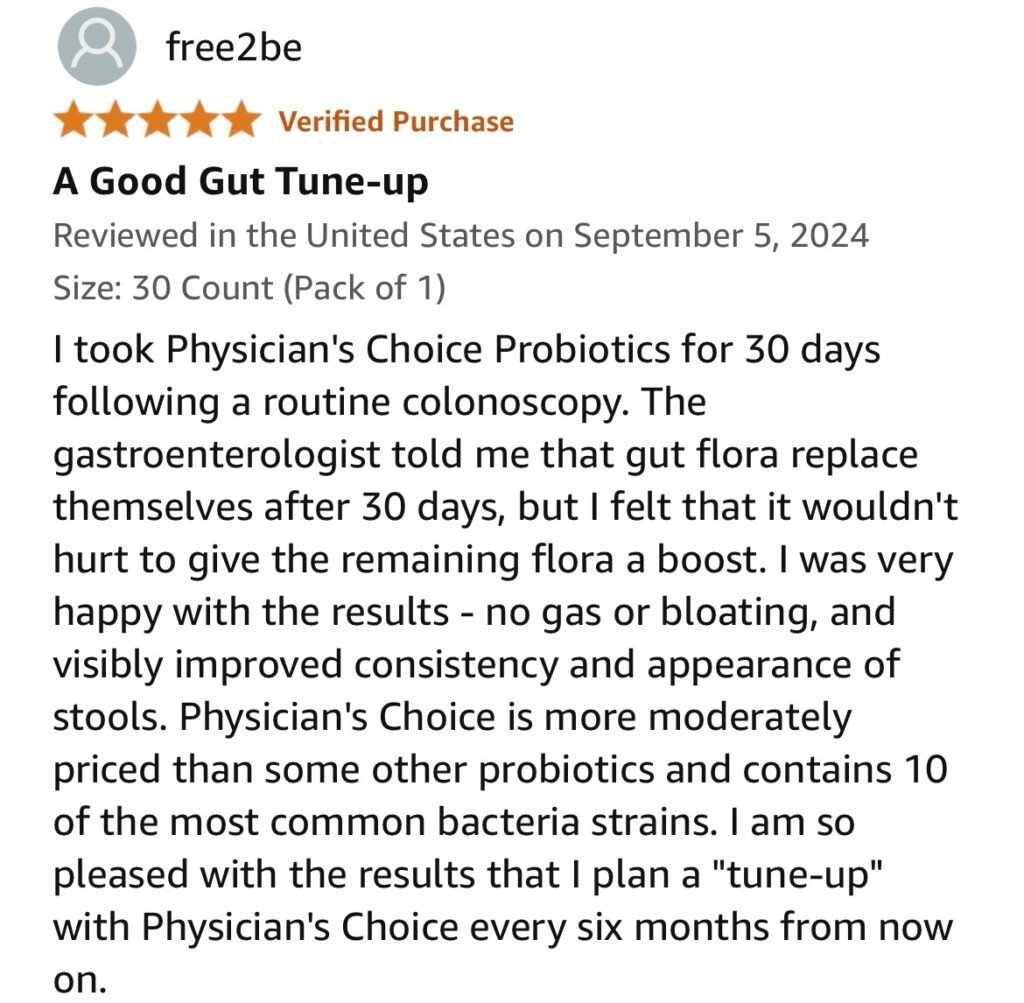
What Causes Lower Left Abdominal Pain in Males?
Men can experience lower left abdominal pain for a range of reasons, many of which are related to the digestive or urinary systems. Just like in women, the pain can vary from mild to severe, depending on the underlying cause.
1. Diverticulitis
Diverticulitis is one of the most common causes of lower left abdominal pain in men, particularly for those over the age of 40. It occurs when small pouches (diverticula) in the walls of the colon become inflamed or infected.
- Signs: Sharp pain in the lower left abdomen, fever, nausea, and changes in bowel movements (constipation or diarrhea).
- What to Do: Mild cases may be treated with rest, diet changes, and antibiotics, but more severe cases can require surgery. If you suspect diverticulitis, it’s important to consult a doctor.
2. Hernia
A hernia occurs when an internal organ or tissue pushes through a weak spot in the abdominal muscles. This can cause localized pain, especially in the lower abdomen or groin area. Inguinal hernias are more common in men and often cause discomfort on one side.
- Signs: A noticeable lump in the abdomen or groin, pain that worsens with physical activity or lifting, and a feeling of heaviness in the abdomen.
- What to Do: Hernias often require surgical repair, so it’s important to see a doctor if you notice a lump or persistent pain.
3. Testicular Issues
While testicular pain might seem unrelated to the abdomen, issues such as testicular torsion or infections like epididymitis can cause pain that radiates to the lower abdomen.
- Signs: Pain in the lower abdomen or groin, swelling, nausea, and tenderness in the testicles.
- What to Do: Testicular pain is always a reason to seek medical attention, especially if it comes on suddenly. Conditions like torsion are emergencies and need to be treated right away.
4. Urinary Tract Infections (UTIs)
While UTIs are more common in women, men can still experience them, and they can lead to lower abdominal pain. If the infection spreads to the kidneys or bladder, it can cause discomfort on one side of the abdomen, including the lower left side.
- Signs: Frequent urination, pain or burning while urinating, cloudy or strong-smelling urine, and abdominal pain.
- What to Do: UTIs are typically treated with antibiotics, so it’s important to see a doctor if you notice these symptoms.
5. Irritable Bowel Syndrome (IBS)
IBS affects both men and women and can cause lower left abdominal pain due to cramping, bloating, and changes in bowel movements.
- Signs: Cramping, bloating, and either constipation or diarrhea, often triggered by certain foods or stress.
- What to Do: Managing IBS can involve dietary changes, stress management, and sometimes medications. If you suspect IBS is the cause of your discomfort, you can learn more about managing symptoms here: IBS-M Relief: Balancing Constipation and Diarrhea.
For men, recognizing the signs and symptoms that accompany lower left abdominal pain is key to identifying the cause and knowing when to seek help. If your pain is severe, accompanied by other symptoms like fever, or isn’t going away, it’s always better to get it checked out by a doctor.
Next, let’s dive into the red flags to watch for when experiencing abdominal pain and when it’s time to be concerned.

Should I Worry About Pain on the Left Side of My Stomach?
It’s natural to feel concerned when you experience pain on the left side of your abdomen, but not all pain is cause for alarm. That said, there are certain red flags you should be aware of, as they could indicate a more serious issue.
1. Severe or Sudden Pain
If you experience a sharp, intense pain that comes on suddenly, especially if it’s accompanied by nausea or vomiting, this could be a sign of a serious condition like appendicitis (on the right side) or diverticulitis (on the left side). Sharp pain may also be caused by a ruptured cyst or even kidney stones.
- What to Do: Seek medical attention immediately if the pain is severe or doesn’t improve with rest.
2. Fever
A fever, especially when paired with abdominal pain, can indicate an infection, such as diverticulitis, a UTI, or a pelvic infection. A fever is your body’s way of signaling that something is wrong, and combined with abdominal pain, it shouldn’t be ignored.
- What to Do: If you have abdominal pain and a fever, consult a doctor, as this could be a sign of infection that needs treatment.
3. Blood in Your Stool or Urine
Finding blood in your stool or urine is a major red flag. This could point to a number of conditions, from gastrointestinal bleeding to kidney issues or even colon cancer.
- What to Do: Blood in your stool or urine should always be evaluated by a healthcare provider.
4. Unexplained Weight Loss
Sudden, unexplained weight loss combined with abdominal pain can signal a more serious condition, such as cancer or a severe digestive disorder like Crohn’s disease.
- What to Do: If you notice weight loss without trying and you’re also experiencing abdominal pain, see a doctor to rule out any serious conditions.
5. Persistent Nausea and Vomiting
If your abdominal pain is accompanied by nausea and vomiting that lasts more than a day, this could be due to gastrointestinal issues, infections, or even blockages in the digestive system. It’s important to keep track of how long the symptoms last.
- What to Do: Persistent nausea and vomiting are definitely worth a trip to the doctor, as they can lead to dehydration and may signal a more serious underlying condition.
6. Bloating and Gas That Won’t Go Away
While gas and bloating are often harmless, persistent bloating that doesn’t improve could be a sign of something more serious, like irritable bowel syndrome (IBS), food intolerances, or even a blockage.
- What to Do: If bloating and discomfort are a constant issue, it’s a good idea to track your symptoms and discuss them with a healthcare provider. For quick tips on managing digestive discomfort, take a look at Home Remedies for Heartburn, as digestive issues often overlap with abdominal pain.
7. Pain That Spreads to the Back or Other Areas
If the pain in your lower left abdomen spreads to your back, chest, or shoulder, it could indicate something more serious, like a kidney infection or even heart problems. Abdominal pain that radiates is a clear sign that it’s time to seek medical advice.
- What to Do: Don’t ignore pain that radiates or spreads. This could be a sign of an underlying issue affecting other organs or systems in your body.
Knowing when to worry about lower left abdominal pain can help you catch serious conditions early and avoid unnecessary stress when it’s just something mild. In general, if the pain is severe, persistent, or accompanied by other troubling symptoms, it’s always best to err on the side of caution and consult a healthcare professional.
Now that we’ve covered the red flags, let’s look at some practical steps you can take if you’re experiencing mild pain and what you should do next.

What Should I Do About My Lower Left Abdominal Pain?
If you’re dealing with lower left abdominal pain, you’re probably wondering what steps you should take next. The good news is that not all pain requires a trip to the doctor—many causes of discomfort can be managed with some simple at-home care. However, it’s important to know when to monitor the pain and when to seek professional help.
1. Assess the Severity of Your Pain
- If the pain is mild and seems to be related to something like gas, bloating, or constipation, you can usually try home remedies first.
- For more intense, persistent, or sharp pain, it’s a good idea to consult a healthcare provider, especially if you notice any of the red flags we discussed earlier.
2. Try Home Remedies
For mild abdominal pain, especially if you suspect it’s related to digestion, there are a few home remedies you can try:
- Heat Therapy: A warm heating pad or hot water bottle placed on the abdomen can help relax muscles and ease discomfort from gas or menstrual cramps.
- Diet Adjustments: Avoiding foods that cause bloating or gas, such as beans, carbonated drinks, and greasy foods, can often help reduce symptoms.
- Hydration: Drinking plenty of water helps to keep your digestive system moving and can prevent issues like constipation, which might be contributing to the pain.
If your discomfort seems related to indigestion or heartburn, you can check out these Home Remedies for Heartburn to help soothe your symptoms.
3. Over-the-Counter Medications
Sometimes, over-the-counter medications can provide relief for digestive discomfort, gas, or cramping:
- Antacids: These can help if your pain is caused by acid reflux or indigestion.
- Gas Relievers: Simethicone products like Gas-X can help relieve the pressure and pain from gas buildup.
- Laxatives or Stool Softeners: If constipation is the issue, these can help get things moving again.
Just be cautious with over-the-counter medications. If you find yourself needing them frequently, it might be time to talk to a doctor about what’s causing your pain in the first place.

4. Rest and Monitor Symptoms
For mild pain, resting and monitoring your symptoms might be all you need. Sometimes, abdominal pain resolves on its own with time, especially if it’s related to something like muscle strain or digestive upset.
- Tip: Keep an eye on your symptoms over the next 24-48 hours. If they improve, you’re probably in the clear. If things get worse or new symptoms appear (like fever, vomiting, or blood in the stool), reach out to a healthcare professional.
5. Consult a Doctor If Necessary
If your pain doesn’t improve with home care, or if it gets worse, don’t hesitate to see a doctor. They can run tests to rule out serious conditions like diverticulitis, kidney stones, or reproductive system issues. Be sure to mention any other symptoms you’ve noticed, even if they seem unrelated.
6. Lifestyle Adjustments for Long-Term Relief
Sometimes, chronic or recurring abdominal pain can be a sign that you need to make some lifestyle changes. Incorporating more fiber into your diet, drinking more water, and managing stress can all help keep your digestive system healthy and prevent future discomfort.
For more serious digestive concerns, such as IBS or recurring digestive issues, talking to your doctor about long-term management strategies is key. If you want more information on how digestive problems can link to other issues, check out What Stomach Problems Can Cause Back Pain? for insights into how your digestive health can affect your overall well-being.
7. When to Seek Immediate Medical Attention
If your pain is severe, sudden, or accompanied by symptoms like fever, vomiting, or blood in the stool, don’t wait—seek medical attention immediately. While most causes of abdominal pain are harmless, there are some that require prompt treatment.
By understanding the severity of your symptoms and trying some basic home remedies, you can often ease mild abdominal pain on your own. However, always trust your gut (pun intended!)—if something feels off or the pain is getting worse, it’s better to get it checked out by a healthcare professional.
With a bit of patience, attention to your symptoms, and the right steps, you can usually manage lower left abdominal pain. But when in doubt, it’s always smart to consult a doctor, especially if your symptoms are new or unusual.
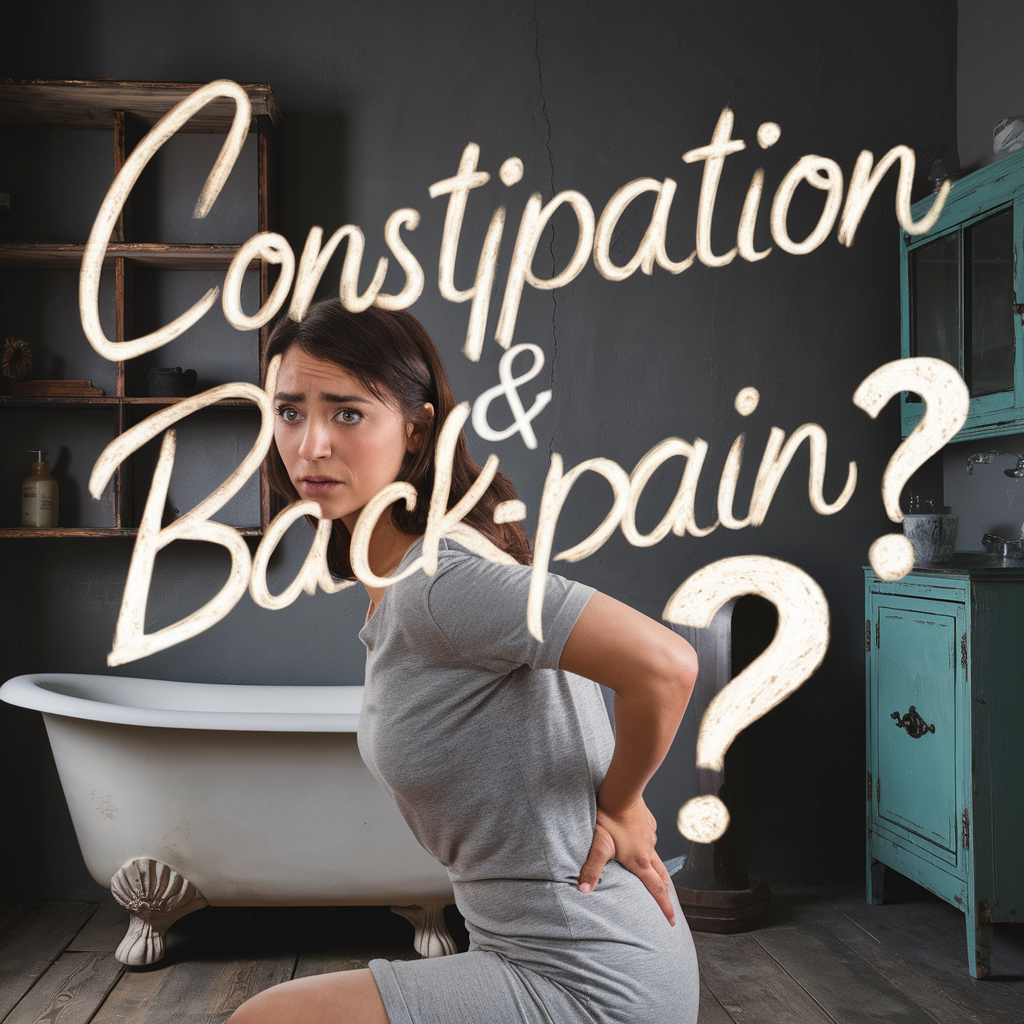
When to Seek Help for Lower Left Abdominal Pain
Lower left abdominal pain can range from a mild inconvenience to a serious health concern. While many causes of discomfort in this area are harmless and can be managed with simple at-home remedies, it’s important to recognize when the pain could be a sign of something more serious.
If your pain is mild and seems linked to digestion, gas, or muscle strain, taking steps like adjusting your diet, using over-the-counter medications, or applying heat can often help. Keep an eye on your symptoms and monitor whether they improve with rest and time. Remember, staying hydrated and paying attention to how certain foods affect you can go a long way in preventing future pain.
However, if you experience any red flags—such as severe or sudden pain, fever, blood in your stool or urine, or unexplained weight loss—it’s time to consult a healthcare professional. These symptoms could indicate more serious conditions like diverticulitis, kidney stones, or infections that require prompt medical treatment.

In the meantime, making small lifestyle adjustments can often help prevent or reduce recurring pain. If your discomfort is related to digestive issues, learning more about the potential links between your stomach health and other symptoms, like back pain or heartburn, can provide valuable insights. For more information, check out What Stomach Problems Can Cause Back Pain? and How Long Do Heartburn Symptoms Last? for helpful advice on managing abdominal discomfort.
Whether your pain is mild or more severe, trust your instincts and take action when necessary. The better you understand your body and the symptoms it presents, the easier it will be to manage your health and find relief from discomfort.
As an Amazon Associate we earn from qualifying purchases through some links in our articles.


